A Woman of Paris
7 /10 1 Votes
Writer Charles Chaplin | 7/10 IMDb Genre Drama, Romance Duration Country United States | |||||||||||||||||||||||||||||||||
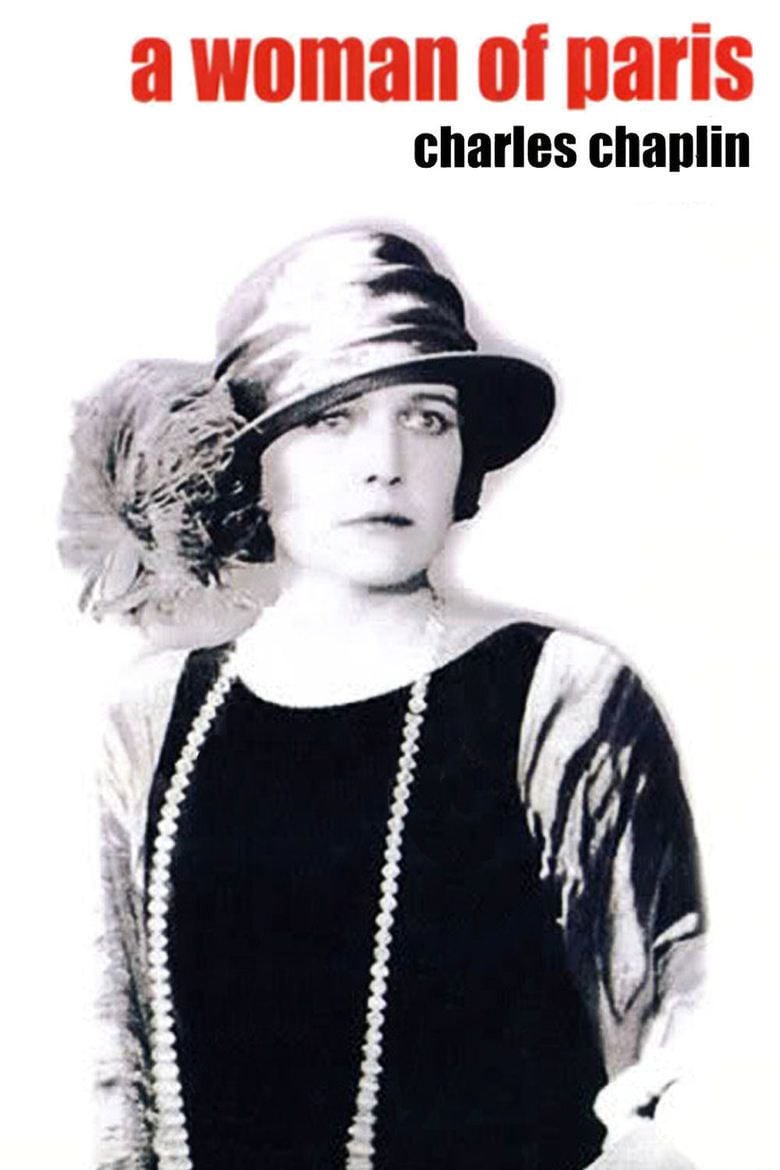 | ||||||||||||||||||||||||||||||||||
Release date September 26, 1923 (1923-09-26) Cast (Marie St. Clair), (Marie's Step-Father), (Jean Millet), (Jean's Mother), (Jean's Father), (Pierre Revel) Similar movies Jamon Jamon , My Fair Lady , Sabrina , Anna Karenina , Belle , Singin' in the Rain | ||||||||||||||||||||||||||||||||||
A Woman of Paris is a feature-length American silent film that debuted in 1923. The film, an atypical drama film for its creator, was written, directed, produced and later scored by Charlie Chaplin. It is also known as A Woman of Paris: A Drama of Fate.
Contents

Charlie chaplin s a woman of paris 1923 party scene
Plot

Marie St. Clair and her beau, aspiring artist Jean Millet, plan to leave their small French village for Paris, where they will marry. On the night before their scheduled departure, Marie leaves her house for a rendezvous with Jean. Marie's stepfather locks her out of the house, telling her to find shelter elsewhere.
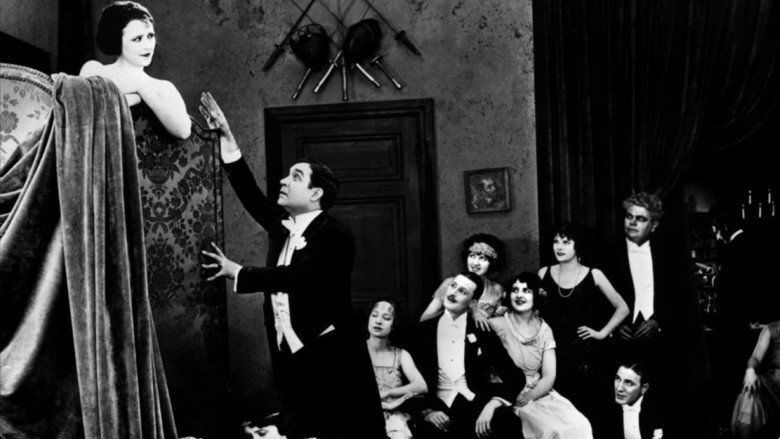
Jean invites Marie to his parents' home, but his father also refuses to let her stay. Jean escorts Marie to the train station, and promises to return after going home to pack. When he arrives at home, he discovers his father has died. When Jean telephones Marie at the station to tell her they most postpone their trip, she gets on the train without him.

One year later in Paris, Marie enjoys a life of luxury as the mistress of wealthy businessman Pierre Revel. A friend calls and invites Marie to a raucous party in the Latin Quarter. She gives Marie the address but can't remember whether the apartment is in the building on the right or the left. Marie enters the wrong building and is surprised to be greeted by Jean Millet, who shares a modest apartment with his mother. Marie tells Jean she would like for him to paint her portrait and gives him a card with her address.
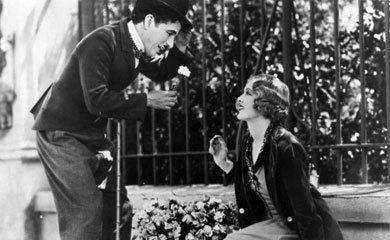
Jean calls on Marie at her apartment to begin the painting. Marie notices he is wearing a black armband and asks why he is in mourning. Jean tells Marie his father died the night she left without him.

Marie and Jean revive their romance, and Marie distances herself from Pierre Revel. Jean finishes Marie's portrait, but instead of painting her wearing the elegant outfit she chose for the sitting, he paints her in the simple dress she wore on the night she left for Paris.
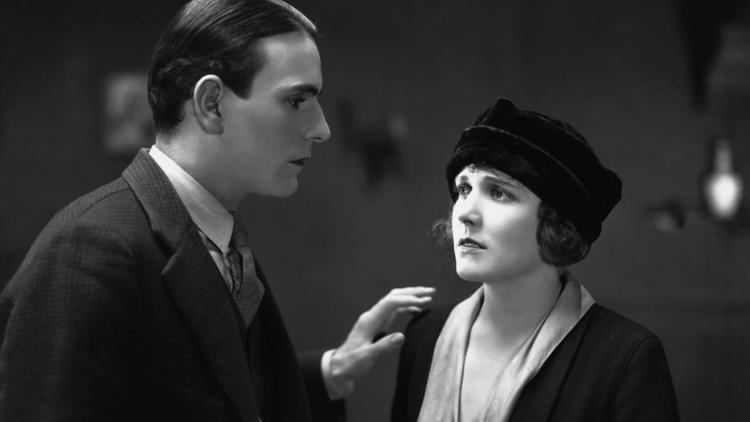
Jean proposes to Marie. Jean's mother fights with him over the proposal. Marie arrives unexpectedly outside Jean's apartment just in time to overhear Jean pacify his mother, telling her that he proposed in a moment of weakness. Jean fails to convince Marie he didn't mean what she overheard, and she returns to Pierre Revel.
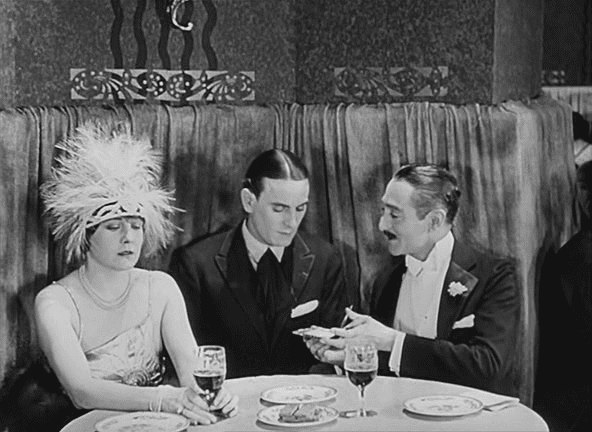
The following night, Jean slips a gun into his coat pocket and goes to the exclusive restaurant where Marie and Pierre are dining. Jean and Pierre get into a scuffle, and Jean is ejected from the dining room. Jean fatally shoots himself in the foyer of the restaurant.
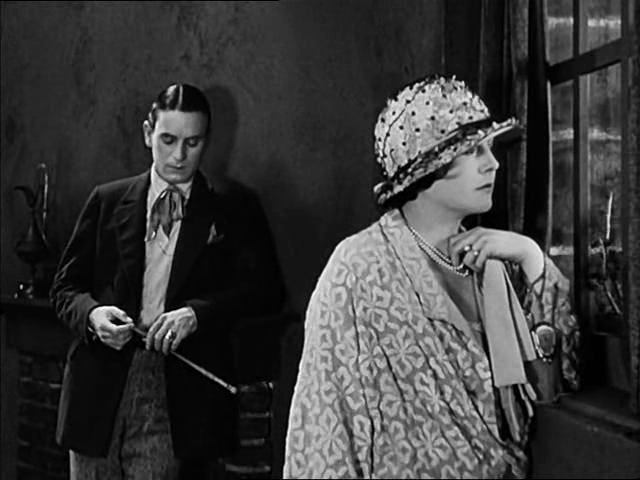
The police carry Jean's body to his apartment. Jean's mother retrieves the gun and goes to Marie's apartment, but Marie has gone to Jean's studio. Jean's mother returns and finds Marie sobbing by Jean's body. The two women reconcile and return to the French countryside, where they open a home for orphans in a country cottage.
One morning, Marie and one of the girls in her care walk down the lane to get a pail of milk. Marie and the girl meet a group of sharecroppers who offer them a ride back in their horse-drawn wagon. At the same time, Pierre Revel and another gentleman are riding through the French countryside in a chauffeur-driven automobile. Pierre's companion asks him, "What ever happened to that Marie St. Clair?" Pierre replies that he doesn't know. The automobile and the horse-drawn wagon pass each other, heading in opposite directions.
Cast
Production
Several things set this film apart from Chaplin's other work. The first, most obvious, is that he does not appear in the film, at least not in his traditional role of the tramp. He has a brief cameo as a porter in a train station. This role was supposed to be inconspicuous and he is not even listed in the credits for it (though he precedes the film with a title card which explains that he does not appear). Most people seeing the film will not realize that it is actually Chaplin; this was intended. The other major difference between this and most of Chaplin's other work is that the film is a serious drama.
Edna Purviance plays the lead as Marie St. Clair. Chaplin had several reasons for producing this film, and one of these reasons was to help Purviance gain recognition as an actress without Chaplin at her side. Another was because he wanted to try staying behind the camera and attempt his first real drama. Despite this attempt, Edna Purviance was never able to achieve the level of success that she had in films with Chaplin's Tramp at her side. However, the film did help Adolphe Menjou gain some recognition.
The film was largely inspired by Chaplin's brief 1922 romance with Peggy Hopkins Joyce, whose stories of her romantic adventures in Europe provided the framework of the screenplay.
The exterior scenes were shot outside the Ansonia Apartments on W 6th Street and Lake Street, Los Angeles, California 90057
Reception
The movie currently holds 91% ratings on Rotten Tomatoes based on 11 votes. At the time, the public did not receive A Woman of Paris very well. Chaplin was very popular at this time, and many went to the film expecting to see Chaplin in his traditional role. There were two efforts made to help "ease" the public into the idea of Chaplin doing a movie without his starring. On the night the film premiered, Chaplin had flyers given to those in line which essentially stated that A Woman in Paris was a deviation from his normal work, and that he hoped the public would find such deviations enjoyable. Additionally, there is a message at the film's beginning stating Chaplin does not appear in the film that follows. Some film historians have speculated that A Woman in Paris may have been received differently if the public had not known of Chaplin's absence from the cast.
Critical response to the film, on the other hand, was very positive; the film has since been credited with influencing later filmmakers. In particular, the motivations and personalities of its characters had a complexity that was unconventional in the context of early 1920's cinema. Chaplin biographer Jeffrey Vance champions A Woman of Paris and writes of the film's importance at length in Chaplin: Genius of the Cinema. Vance notes,
"Most examinations of A Woman of Paris select a key scene such as Marie on the train platform or Pierre removing a handkerchief from Marie’s dresser drawer, or the natural and simple approach to performance as the basis of the film’s critical laurels, while overlooking Chaplin’s overall construction of the visual narrative. However, the film’s greatness is not limited to a few isolated scenes. Chaplin’s directorial skill and the film’s power are demonstrated in the careful and direct way that Chaplin tells a simple story. Chaplin achieved his purpose of conveying 'psychology by subtle action' throughout the visual narrative by imbuing the décor with symbolism, by using objects for their metaphoric and metonymic value, and by parallel storytelling and editing."
Some consider it to be the first true Chaplin feature, since it is the first feature done under the company he co-founded United Artists. Mary Pickford named it a favorite. "Woman of Paris allows us to think for ourselves and does not constantly underestimate our intelligence. It is a gripping human story throughout and the director allows the situations to play themselves. The actors simply react the emotions of the audience." "Charlie Chaplin is the greatest director of the screen," she said on another occasion. "He's a pioneer. How he knows women!—oh, how he knows women! I do not cry easily when seeing a picture, but after seeing Charlie's A Woman of Paris I was all choked up—I wanted to go out in the garden and have it out by myself."
The film's box office failure was painful for Chaplin, and after its initial release it was not seen by the public for over fifty years. Chaplin reissued the edited film with a new musical score—replacing the original score by Louis F. Gottschalk—in 1976, a year before his death. In fact, the score he composed is credited as being the final completed work of his 75-year career.
References
A Woman of Paris WikipediaA Woman of Paris IMDb A Woman of Paris themoviedb.org
